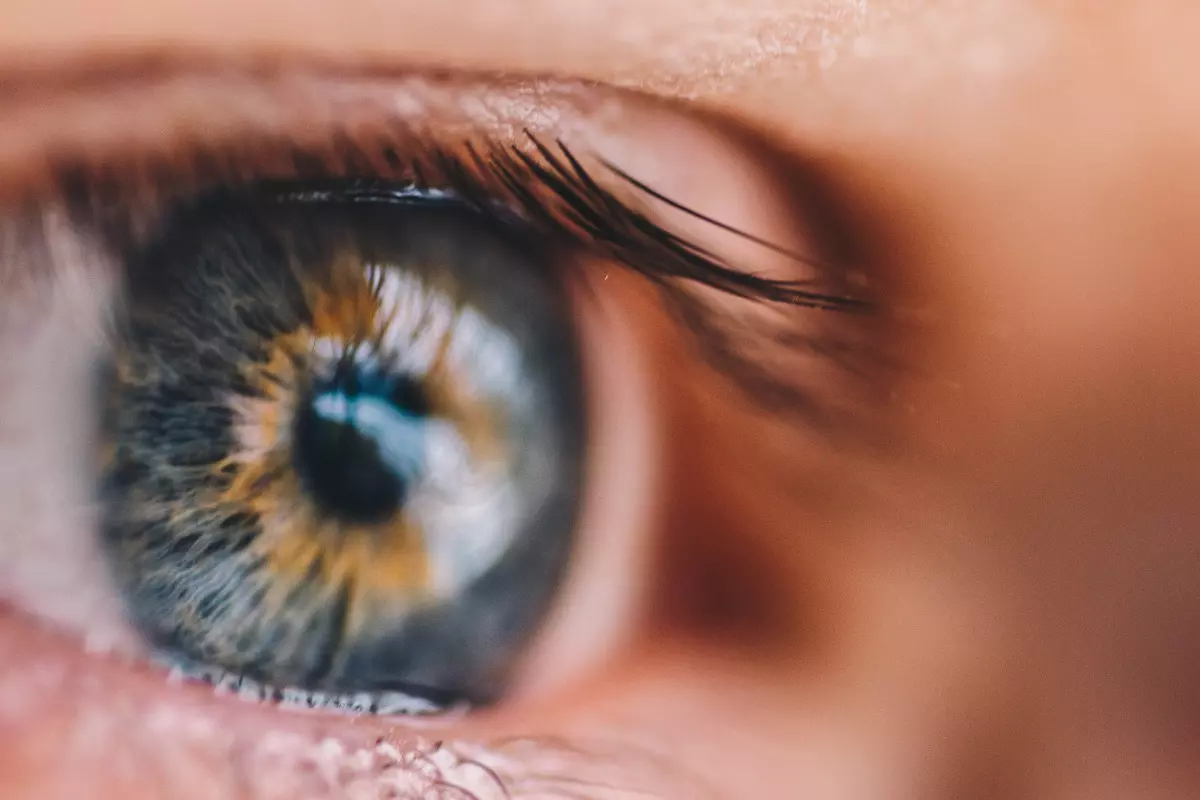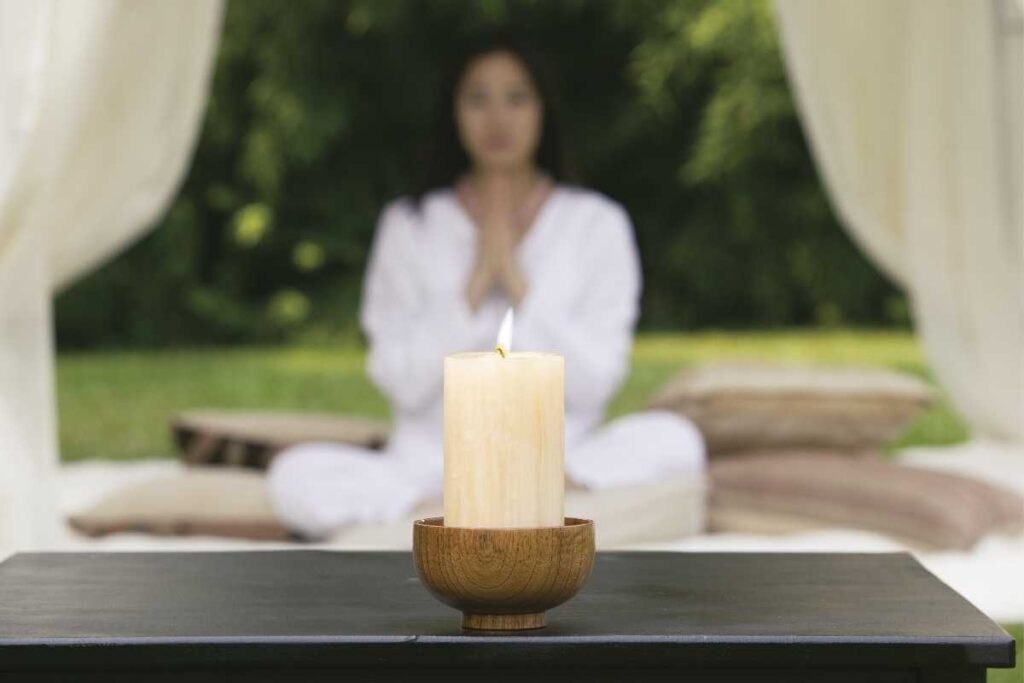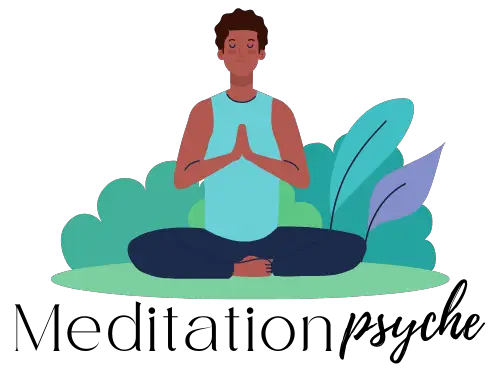Meditation can be practiced by staying awake in the present moment or by focusing your mind on a particular thing.
You probably know about various meditation methods from different traditions. Although, the essence of all practices is to be conscious and develop your awareness (concentration).
When we say meditation, usually a picture of a person sitting cross-legged with eyes closed comes to our mind. Isn’t?
However, we can meditate or be meditative while doing work, eating breakfast, driving a car, walking on the street, lying on the bed, or doing any activity throughout the day.
- Can you meditate with your eyes open?
- How to meditate with eyes open?
- 5 Ways Meditate With Open Eyes
- Benefits Of Open Eye Meditation
- Tips for meditating with your eyes open
- Difference Between Open & Closed eyes meditation techniques
- Why do people believe meditation requires closed eyes?
- Is open eyes meditation better than closed eyes meditation?
In today’s post, I will cover every aspect of open-eye meditation and compare it with the traditional practices.
Can you meditate with your eyes open?

You can be meditative with your eyes open. The eastern traditions have developed many methods for staying in the meditative awareness with eyes open, which are commonly used in all monasteries.
Don’t consider closed eye and open eye meditation the same practice; the difference between them is a lot.
You may have heard of Mindfulness; it’s very much popular nowadays.
Basically, Mindfulness is the practice of being detached from the mind and being aware of what you are doing or what is happening around you.
“Wherever you are, be there totally.”
You can define Mindfulness as open-eye meditation. (We will discuss this further later)
How to meditate with eyes open?
There are two ways to meditate with open eyes. You can either focus your gaze on a particular object or stay awake (conscious) from moment to moment while doing your work – which is called Mindfulness.
In a first way, your object of meditation can be anything on which you can easily fix your gaze. The candle flame is commonly used to meditate with eyes open; this technique is called tratak Dhyan or candle gazing meditation.
While, In other way, you can meditate just by being aware or being conscious of your doing, surroundings, thoughts, emotions, or anything that comes under your attention in the present moment.
For example, I am eating a meal (of course with my eyes open)
Now, I can be meditative by eating consciously, paying attention to every act I do – preparing, chewing, swallowing the food.
While my attention is carried away by thoughts and mental pictures, I will bring it back without fighting with my mind.
“Mindfulness means being awake. It means knowing what you are doing.”
Now, let me give you some practical techniques of open-eye meditation.
5 Ways Meditate With Open Eyes
1) Gazing

In Hindu tradition, Tratak Dhyan is recommended, wherein you meditate by fixing your gaze and focusing your attention on a candle flame.
You can do the same using other objects such as a dot on the wall, a small healing stone, or anything on which you can easily fix your gaze.
Similarly, open-eye meditation is practiced in Tibetan Buddhism simply by looking downward at 45o with a soft gaze.
If you are new to meditation, I would highly suggest you start with the candle gazing (trataka) meditation.
Because it is easy compared to other meditation techniques, and it can increase your focus and provide several other benefits.
2) Mindfulness
Mindfulness means being conscious and cultivating moment-to-moment non-judgmental awareness.
“The present moment is filled with joy and happiness. If you are attentive, you will see it.
Hence, you can practice mindfulness anywhere at any time thought your day.
When you practice it consistently, It will give you a meditative experience and increase your awareness level.
You can be mindful, be conscious, be meditate while,
- Taking a bath
- Walking on the floor
- Exercising in the gym or doing yoga
- Eating breakfast, lunch, and dinner
- Communicating with others
- Driving a car
- In short, any activity
Related Article: 35 Practical Ways To Cultivate Mindfulness Throughout The Day
3) Conscious Breathing
Breath is always available to us, and it can be used as an anchor to focus your mind to meditate.
“Feelings come and go like clouds in a windy sky. Conscious breathing is my anchor.”
Whenever you are free or not doing an important task, you can pay attention to your breaths, mentally notice the inhalation & exhalation of air or notice your belly movement with your eyes open or closed.
Doing so may help you to find the inner stillness and put you in a peaceful meditative state.
Remember, when your attention gets wandered away from watching breathing or doing mediation, just bring it back on your breaths as nothing happened. Wandering is a nature of mind, and that’s normal.
4) Body Scanning
The subtle and gross sensations are always happening in our body, and we can use them as an object to bind our mind in the present moment.
You can either move your attention or gaze from one part to another and feel the subtle sensations.
This is similar to Vipassana meditation, but here you can look at your body part and sense sensations happening within your body.
The more you practice this, the easier it will be for you to experience more subtle sensations.
5) Introspection
When you closely introspect your thoughts and emotions, you will find that you are just a watcher (a pure awareness) in which every thought, feeling, and visual rises and falls.
Hence, whenever you remember, introspect your mind with awareness, witness your coming and going thoughts and feelings without identifying with them.
“Observe the space between your thoughts, then observe the observer.”
It may seem easy, but the restlessness of your mind makes it hard to sustain this conscious state, especially when you’re a novice.
But, if you somehow managed to stay grounded with your real self even for a few seconds or minutes, it becomes meditation.
Meanwhile, whenever your mind goes astray and goes in auto-pilot, bring it back to the conscious state without feeling dejected.
I am not telling you to stop thinking or doing something special; instead, I want you to identify your real nature (A witness watcher), which is the essence of all religions.
This may seem puzzling to you, but as you progress in meditation, you will understand and experience these truths.
Related Post: Mindfulness Vs. Introspection
Benefits Of Open Eye Meditation
When the open eye meditation is done regularly, it may help you to,
- Boost concentration and memory power
- Lengthen attention span
- Improve cognition
- Reduce mental distractions
- Control anxiety and mental stress
- Decrease depressive symptoms
- Reduce depression
- Improve well-being
- Improve physical health
(References: Helpguide.org & Positivepsychology.com)
These benefits are scientifically proven, and you can reap them by practicing open-eye meditation or mindfulness consistently.
Related Post: Benefits of meditation & mindfulness
Tips for meditating with your eyes open
#1. Start from one practice and master it
Choose any one method of open-eye meditation and practice it daily.
If you are a beginner in meditation, I would suggest you practice candle gazing meditation at least for 5-10 minutes a day.
But, if you practice closed-eye meditation, I would recommend you practice mindfulness throughout the day.
#2. Reduce distractions
Make sure you meditate in a quiet place and remove all possible distractions that may distract you from sight or hearing.
#3. Be kind to your monkey mind
The mind is meant to think, so wandering and chattering is the mind’s inherent nature.
Don’t be frustrated when you are meditating, and your mind gets wandered away every few seconds. That’s normal.
But if you start fighting with your mind, it will go wild and not let you meditate.
So, always be kind to your monkey mind and watch its movement without identifying with it.
#4. Remind Yourself
Mindfulness is not difficult. You just have to remind it amid of the tidal of thoughts and tendencies.
If you have decided to be mindful as a practice of open-eye meditation, you can use triggers or set timers to remind yourself to do so.
One of the best ways to remind yourself to be mindful is by setting timers at particular intervals.
I used the insight timer app to set interval timers at the beginning of my mindfulness journey.
Whichever meditation method you choose, just practice it regularly and diligently in order to reap maximum benefits, as mentioned above.
Ok?
Now, let’s compare open-eye meditation and closed-eye meditation.
Difference Between Open & Closed eyes meditation techniques
In open-eye meditation, you can easily pay attention to gross outer objects with less distraction of thoughts and mental images. While in closed-eye meditation, you can focus on subtle things of mind and senses but likely be distracted by thoughts and mental visuals.
With eyes open, you experience less mental distraction than closed eyes practice, which lets you pay attention to one thing for an extended period of time.
However, while meditating with your eye closed, you reach closer to your mind, which helps you understand more about yourself & mind. But, in this case, you will experience more hindrances of thoughts and mental images, which is hard to overcome.
See, what you experience in meditation with eyes closed can’t be experienced with eyes open. Isn’t it?
Why do people believe meditation requires closed eyes?
- External objects easily attract our attention and distract our minds, which makes meditation difficult.
- Senses such as eyes and ears keep us connected with the external world, making inward meditation harder.
- Opening your eyes may put you on auto-pilot mode and expose you to judgments and interpretations.
Because of these reasons many teachers suggest closing your eyes to limit potential distractions.
However, open eyes may seem in conflict with the normal practice of meditation, but in almost all monasteries, monks are asked to cultivate mindfulness throughout their day, which can be considered as an open-eye meditation.
Is open eyes meditation better than closed eyes meditation?
In general, open-eye and closed-eye both meditation practices are great and complementary to each other.
They both can improve your concentration and level of your awareness so that you live with peace and out from mental and emotional turmoil.
I would suggest you practice both.
You should spend few minutes daily for traditional practice such as mantra, vipassana, zen, or any other meditation, and for the rest of your day, try to be mindful, try to be conscious in every act you perform as an open-eye meditation.
I hope you enjoyed reading this article and start practicing meditation as soon as possible.

